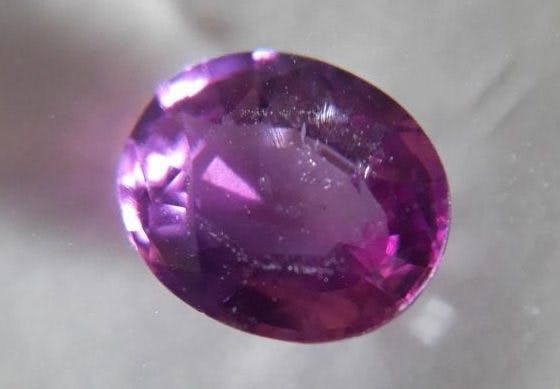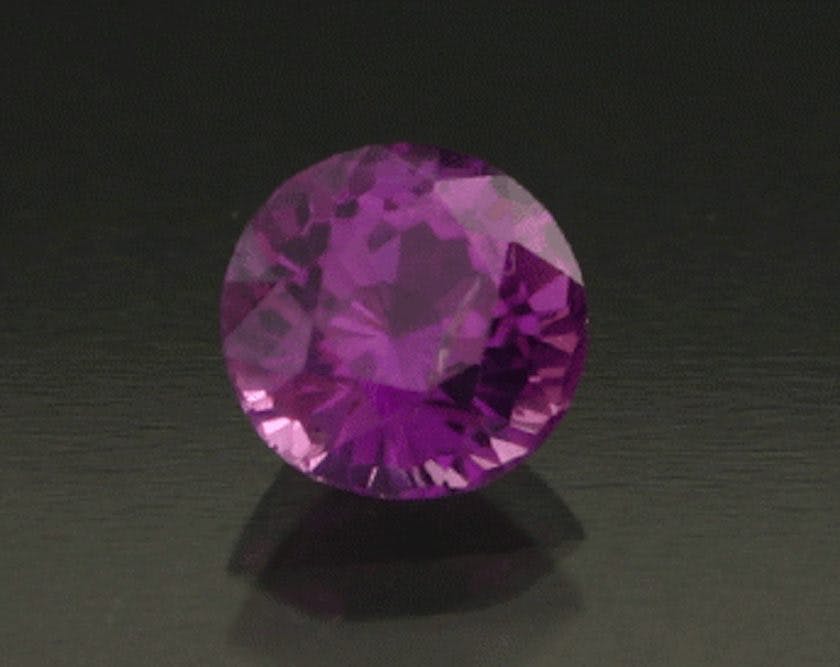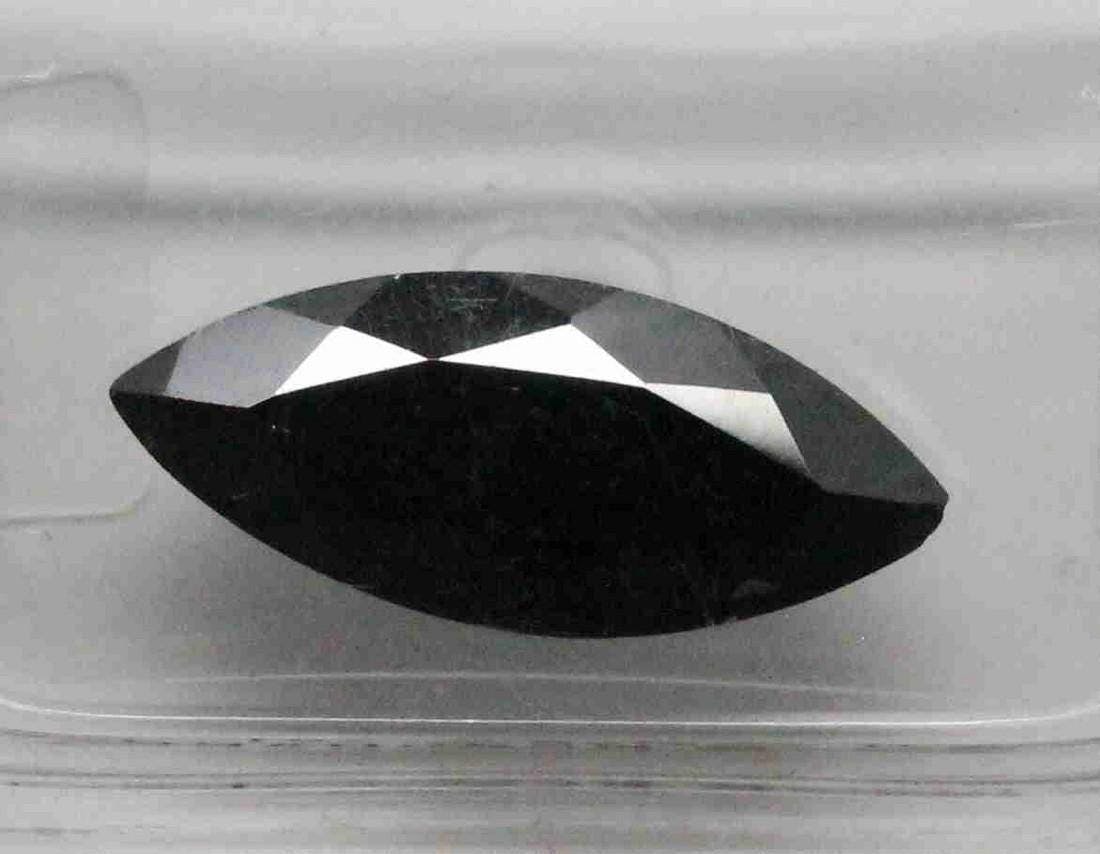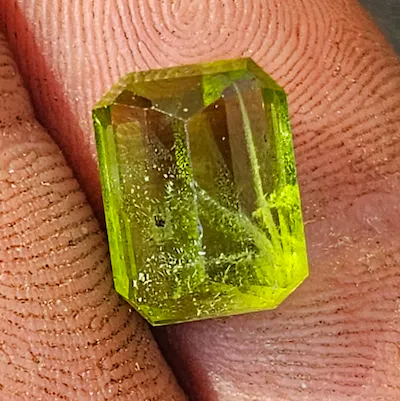News
The Value of Blue Sapphires: Factors that Determine its Worth
In “The Value of Blue Sapphires: Factors that Determine its Worth,” you will discover the fascinating world of sapphires and what makes them so highly valued. From their pure blue colors to their exceptional durability, sapphires have been treasured for centuries. Delving into the factors that influence their value, such as hue, saturation, and tone, this article explores the rarity of the renowned blue Kashmir sapphire that can fetch extravagant prices. Furthermore, you will learn about the different variations of sapphires, including the highly sought-after pink and pink-orange padparadscha sapphires. Join us on this journey as we unveil the allure and significance of sapphires, their historical connections, and the intriguing debate around their classification.
Factors that Determine the Worth of Blue Sapphires
Blue sapphires are highly valued gemstones that have been admired for centuries due to their pure blue colors and remarkable durability. While not all sapphires are blue, with the exception of red which is classified as a ruby, the focus of this article will be on the factors that determine the worth of blue sapphires. These factors include hue, saturation, tone, origin, clarity, size, cut, treatment, rarity, and market demand.
Hue
The hue of a blue sapphire refers to its primary color. The ideal hue for a blue sapphire is a rich and vibrant blue. However, blue sapphires can also possess secondary colors such as violet or green. While a slight presence of secondary colors can add uniqueness and character to a blue sapphire, too much of it can lower its value.
Another aspect of hue is the intensity of the color. Some blue sapphires have a deep and intense hue, while others have a lighter and more pastel-like hue. The color intensity can greatly impact the value of a blue sapphire, with more intense hues generally being more highly prized.
Saturation
Saturation refers to the purity of the color in a blue sapphire. A highly saturated blue sapphire means that the gemstone has a rich and vivid color with no visible hints of gray or other diluting colors. The higher the saturation, the more valuable the blue sapphire tends to be. On the other hand, a low saturation can make the gemstone appear dull or washed out.
Another aspect to consider is color splotching, which refers to uneven distribution of color within the gemstone. Blue sapphires with consistent and evenly distributed color are considered more valuable compared to those with visible splotches.
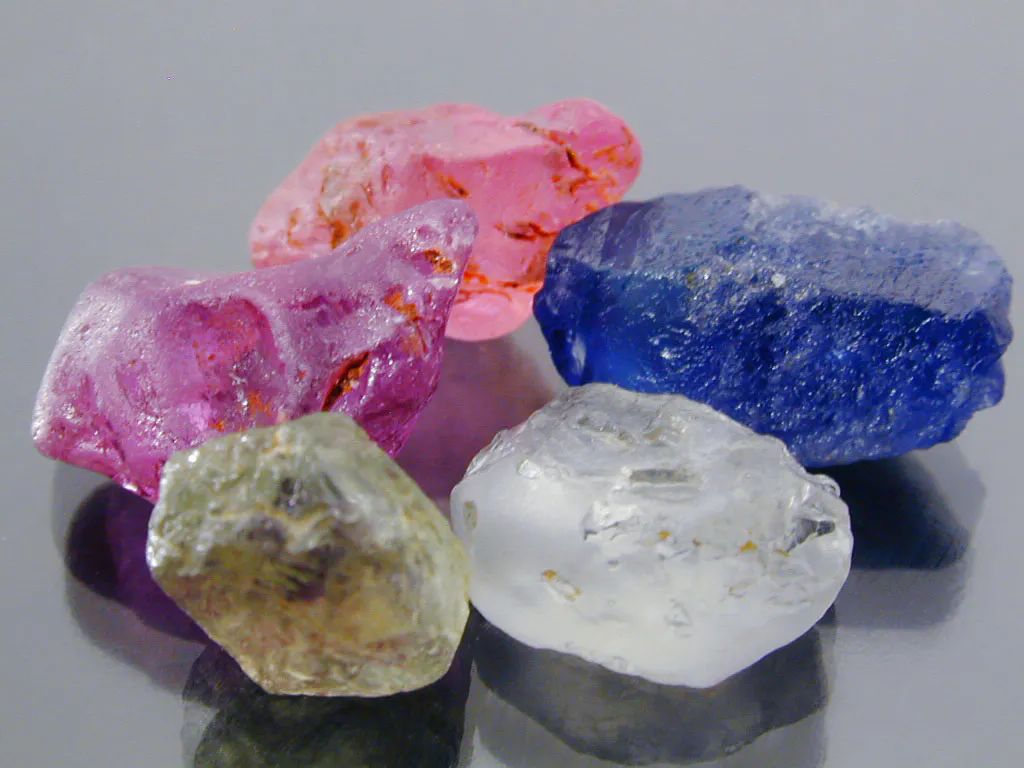
Tone
Tone refers to the lightness or darkness of a blue sapphire. Blue sapphires can range from light and airy tones to deep and rich tones. The ideal tone for a blue sapphire is typically medium to medium-dark, as this range allows the gemstone to exhibit its true color without appearing too light or too dark. Again, personal preference comes into play, as some individuals may prefer lighter or darker tones.
Origin
The origin of a blue sapphire plays a significant role in its value. Different locations around the world have produced blue sapphires with varying qualities and characteristics. Some of the most notable origins for blue sapphires include Kashmir, Burma (Myanmar), Ceylon (Sri Lanka), Thailand, and Australia.
Kashmir sapphires are highly sought after and command the highest prices in the market. These sapphires are known for their velvety, cornflower blue colors and are considered rare and exceptional. Burmese sapphires also have an esteemed reputation, known for their intense royal blue hues. Ceylon sapphires, on the other hand, often exhibit a lighter and brighter blue color, making them popular among individuals who prefer a more vibrant look. Thai and Australian sapphires are generally more affordable and offer a wide range of colors and qualities.

Clarity
Clarity refers to the presence of inclusions and blemishes within a blue sapphire. Inclusions are internal flaws, while blemishes are external imperfections. The presence and visibility of these flaws can greatly impact the value and beauty of a blue sapphire. A high-quality blue sapphire will typically have minimal to no visible inclusions or blemishes, resulting in exceptional transparency and brilliance. However, it is worth noting that certain types of inclusions, such as silk-like inclusions, known as “silk,” can sometimes enhance the desirability of a blue sapphire, especially in the case of star sapphires.
Size
The size of a blue sapphire is typically measured in carat weight. The larger the blue sapphire, the rarer and more valuable it becomes. While size alone does not determine the quality of a blue sapphire, larger gemstones are generally more sought after due to their rarity. It is important to note that the value of a blue sapphire does not increase proportionally with its size, as the other quality factors mentioned above also play significant roles.
Gemstone dimensions, such as the overall shape and proportions, can also influence the perceived size and appeal of a blue sapphire. A well-cut gemstone with proper proportions can maximize the beauty and brilliance of a blue sapphire, enhancing its value.
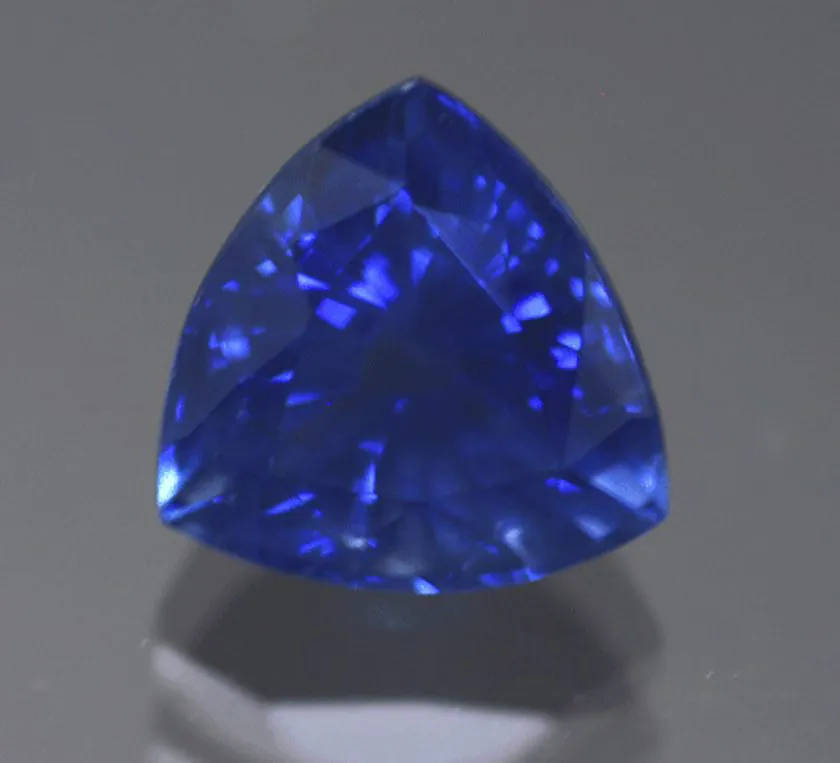
Cut
The cut of a blue sapphire encompasses the facets, proportions, and symmetry of the gemstone. The cut is crucial as it directly affects the way light interacts with the gemstone, ultimately determining its brilliance and sparkle. A well-cut blue sapphire will exhibit excellent light return, reflecting and refracting light in a way that showcases its color and clarity to the fullest.
Different cuts can suit the shape and characteristics of blue sapphires, such as oval, round, pear, or cushion cuts. It is important to strike a balance between maximizing the gemstone’s beauty and minimizing any potential loss of carat weight during the cutting process.
Treatment
Treatment refers to any enhancements or alterations applied to a blue sapphire to improve its appearance. Unheated blue sapphires, meaning those that have not undergone any artificial heat treatment, are considered rarer and more valuable. These sapphires display their natural colors and often exhibit exceptional clarity.
The majority of blue sapphires in the market undergo heat treatment to enhance their color and clarity. Heat-treated blue sapphires may have gone through controlled heating processes to remove unwanted colors or to bring out their natural blue hue. While heat treatment is widely accepted and does not diminish a blue sapphire’s value significantly, it is important for buyers to be aware of any treatment the gemstone has undergone.
Aside from heat treatment, there are other treatments such as diffusion and irradiation that can alter the color or appearance of a blue sapphire. It is essential for buyers and sellers to disclose any treatments to ensure transparency and informed purchasing decisions.
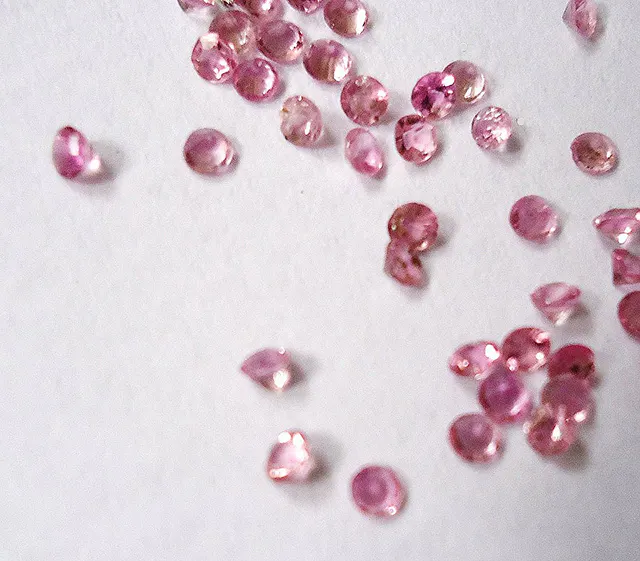
Rarity
The rarity of a blue sapphire greatly impacts its value. Blue sapphires from certain origins, such as Kashmir or Burmese sapphires, are considered highly rare due to limited supplies or the quality of their colors. The uniqueness and scarcity of these blue sapphires contribute to their elevated value. On the other hand, blue sapphires from more readily available origins, like Thailand or Australia, tend to have lower prices due to their wider availability.
Market Demand
Market demand is influenced by various factors such as trends, cultural preferences, and individual tastes. Blue sapphires have long been admired and cherished, making them a popular choice for jewelry. Demand fluctuates based on factors such as fashion and current market trends. For example, pink and pink-orange padparadscha sapphires have gained significant attention and command high prices due to their rarity and unique coloring.
Ultimately, the worth of a blue sapphire is determined by a combination of its physical properties, the market demand for gemstones of its kind, and the individual preferences of potential buyers. Historical value and the reputation associated with a particular blue sapphire can also influence its perceived worth.
In conclusion, various factors contribute to the worth of blue sapphires. From the primary factors such as hue, saturation, tone, origin, clarity, size, cut, and treatment, to secondary factors such as rarity and market demand, each aspect plays a role in determining the value and desirability of a blue sapphire. Whether you are considering purchasing a blue sapphire for its historical value, market value, or personal preferences, it is important to be informed about these factors to make an educated decision.
